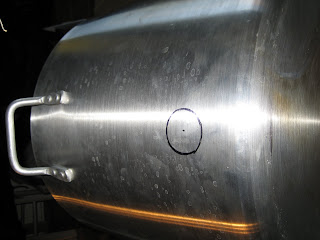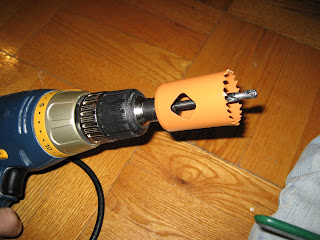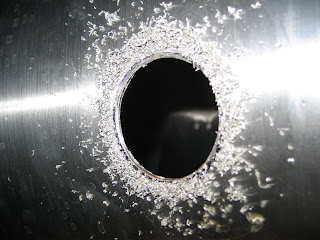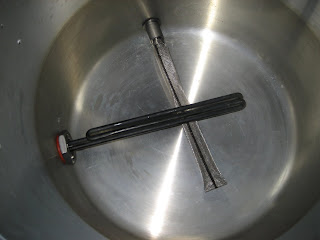Yes, I would imagine it would depend heavily on the size of the infrastructure.
I believe Europe was one of the first pushing for PFC on all residential computer power supplies.
Sorry one more thing about GFCIs....I had a little too much to drink last night and forgot one key point.....

I will make it short and simple because there are just too many scenarios to cover.
Depending on the size of your over current protection device it will take anywhere from 15 to 50 amperes for quite a few cycles to clear a fault and it only takes 50milliamperes to kill you, a GFCI designed to protect persons will clear at an imbalance of ~5mA for ~2cycles.
A circuit breaker is designed to protect property, a GFCI is designed to protect life.
Also there is a potential for a GFCI to catch a fault before it becomes a dead short or ground fault.....just because a breaker says it clears at 15A does not mean that is the maximum current it will see because it takes several cycles to clear. This is the reason most branch circuit breakers are rated at 10000 amperes RMS symmetrical and mains are rated much higher ~21K amperes RMS symmetrical. A typical home may see current in the excess of 9KA during an event. I work in industry so the risk is much higher, this is why Arc flash is pushed so heavily in our trade.





















![Craft A Brew - Safale S-04 Dry Yeast - Fermentis - English Ale Dry Yeast - For English and American Ales and Hard Apple Ciders - Ingredients for Home Brewing - Beer Making Supplies - [1 Pack]](https://m.media-amazon.com/images/I/41fVGNh6JfL._SL500_.jpg)












































